Interviews
For an Associate nation, we are on the cusp of creating history
As the second Nepal Premier League kicks off under the TU International Cricket Stadium’s newly-installed floodlights, the cricket player-turned-administrator outlines the challenges, opportunities and ambitions driving the league forward.
Nayak Paudel
The start of the second Nepal Premier League today, November 17, under the newly installed floodlights at the upgraded TU International Cricket Stadium, opens a new chapter in Nepali cricket. With improved infrastructure, global broadcast and growing commercial value, the NPL returns with bigger expectations than its inaugural season.
At the centre of this moment is Paras Khadka. He captained Nepal in their first T20 World Cup appearance in 2014, carrying the hopes of a nation and cementing his legacy in Nepali cricket. Today, the legend stands on the other side of the fence—as CAN secretary and a key figure shaping the NPL’s direction.
On the eve of the tournament, Khadka, who says he has bigger dreams for Nepali cricket, spoke to the Post’s Nayak Paudel about the excitement, pressures and the long-term vision behind NPL Season 2.
Excerpts:
How do you evaluate the NPL craze this season?
The expectations are very high—and rightly so. CAN has done everything within its ability to meet those expectations. The construction and floodlight work took longer because of the monsoon; the poles could not be erected until the rains stopped. But despite that, everything finished in record time, and the ground looks beautiful.
Franchises have brought in incredible names even with ICC restrictions on foreign players. Most importantly, we are trying to build on the brand created last year. It is challenging to manage expectations, but our aim is to make the league more organised and give continuity to last year’s success story.
What are the biggest challenges to organising a successful tournament?
Everybody wants to watch matches at the TU International Cricket Stadium. With the new seating arrangements, it can hold around 10,000 spectators. Meanwhile, provinces and districts have their own expectations. We have coordinated with the National Sports Council, state bodies, and sponsors, but meeting everyone’s demands at once isn’t possible.
As the tournament grows, so do the eyeballs and criticisms. People debate what is right or wrong, but the NPL is still very young—it’s only taking its first steps. Off the field, meeting the expectations of an entire country is significantly harder than the on-field part.
How difficult is it to maintain and grow the NPL brand?
If we have infrastructure, the league will naturally be self-sustaining. With the second and third phases of the TU Stadium upgrades—already in the pipeline—we can generate revenue from ticketing, broadcasting, advertisements, and reinvest it across provincial and district cricket.
Last year, many questioned why Star Sports was brought in instead of Nepali broadcasters. The aim was to take Nepali cricket to new heights, not to sideline anyone. We should not burden ourselves by calling NPL a “big brand” already—it’s only season two. But the potential is huge, and if we maintain that momentum, we can attract even bigger investors and players in the future.
Grounds outside Kathmandu are being prepared as well. How soon can NPL adopt a home-and-away format?
If the government goes full throttle, we could partially move outside Kathmandu by the third season. Seven to eight months isn’t enough to complete TU’s upgrades, so decentralisation is necessary. Home-and-away might be realistically achievable by season four.
The main challenges are infrastructure and logistics—live cricket broadcasting requires massive logistical arrangements. But we want the NPL’s decentralisation as it will help with the growth of grassroots cricket, strengthen the domestic calendar, and help the league evolve into a true national festival.
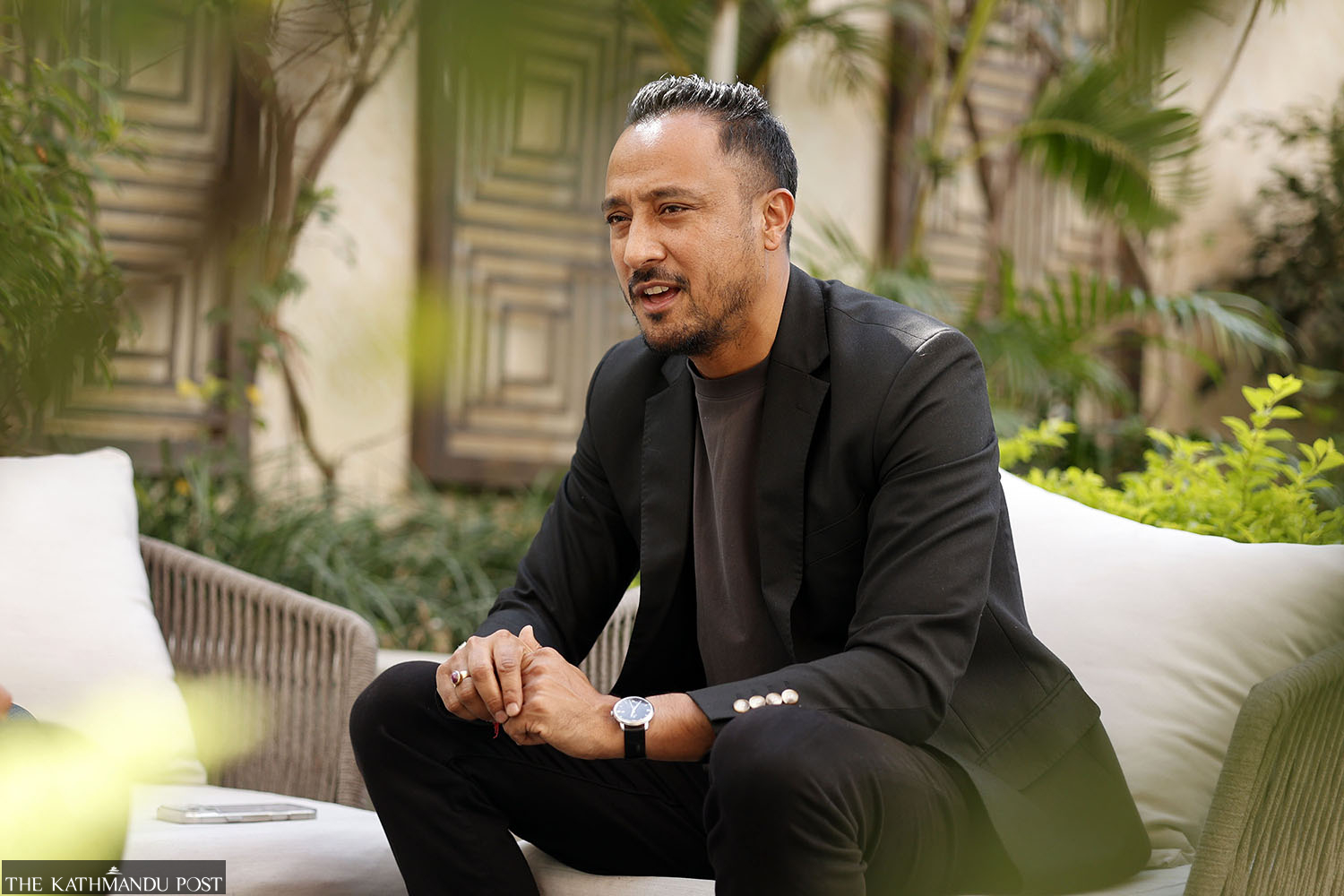
How difficult has it been to manage training grounds for the franchises?
It has been tough to provide equal access, but the franchises understand our limits. They have signed 10-year contracts and believe in the long-term project. We have had fantastic support from them.
We are moving phase-wise. Provincial and district levels have capable manpower but lack resources. Once CAN becomes financially strong, we can provide the needed structure. Identifying resources will help develop cricket at local and franchise levels.
What is the sustainable model for franchise teams?
Infrastructure is the backbone. Ticketing is crucial, and we need a proper revenue plan. Last year, each franchise received around Rs45 to 50 million. Once we move into a home-and-away format and have full-fledged stadiums, teams will naturally be self-sustaining. Earnings will come from tickets, broadcasting rights, advertisements, and more.
Is November–December the right window for NPL?
Ideally, October is best. But this year we had World Cup Qualifiers and CWC League matches, so we chose November. A 20–25 day event will always risk clashing with something, but October-November remains the ideal period.
Night matches in winter can be cold, but this was our only viable window. March–April would be perfect weather-wise, but it clashes with the IPL, and we would lose the charm. Early October would be delightful, and we aim for that in the future.
What is the status of ICC’s restrictions on foreign players’ signing?
Right after the first NPL, we began communication with the ICC. There are some negative marks from past tournaments, but we have almost cleared them. The ICC wants consistency across two seasons, so if we deliver this year like last year, I am confident restrictions will be lifted from next year.
Cricket is booming among youngsters. What do you see at the grassroots?
There is strong hope. Parents now believe cricket can offer both a financial and social future for their children. That shift is huge.
The turnout in talent hunts by the franchises has been inspiring. But grassroots structures are still lacking. We plan to strengthen school-level cricket. There is talent everywhere, but talent needs proper structuring, and that is our next area of homework.
Questions have been raised about financial transparency. What is your response?
We are clear in our intentions—we’re here to develop Nepali cricket. This is a new dimension, so discussions and questions are normal. We cannot fix everything at once, but we have taken bold steps and fans have supported us. NPL’s brand value is rising along with Nepal’s global cricketing identity.
There are controversies about broadcasting and OTT rights. What is the real issue?
Controversies are normal, especially in Nepal, where people react whether you work or not. We followed institutional processes. Some bidders lacked the technical capacity, server infrastructure or realistic revenue models. The decision wasn’t just about the highest bid; it had to align with our regulations and long-term vision. We cannot make everyone happy, but we are answerable and transparent.
Where do you think the NPL stands among Associate leagues?
We have created massive global buzz. This is just the beginning. Players like Jimmy Neesham, Faf du Plessis, Chris Lynn, Martin Guptill, Wayne Parnell, Imran Tahir and others joining the league shows its appeal. We have also brought established commentators and presenters. Many international players I know have personally expressed interest in playing here, but the franchises need to get economically stronger to afford them all—and the day when we can do it is not far.
For an Associate nation, what we’re doing is not easy. We are on the cusp of creating history.
It is a new step for us as well, and the work, investment and expectation in the inaugural season has been continued. All of these will help us establish Nepal as a strong cricketing hub.
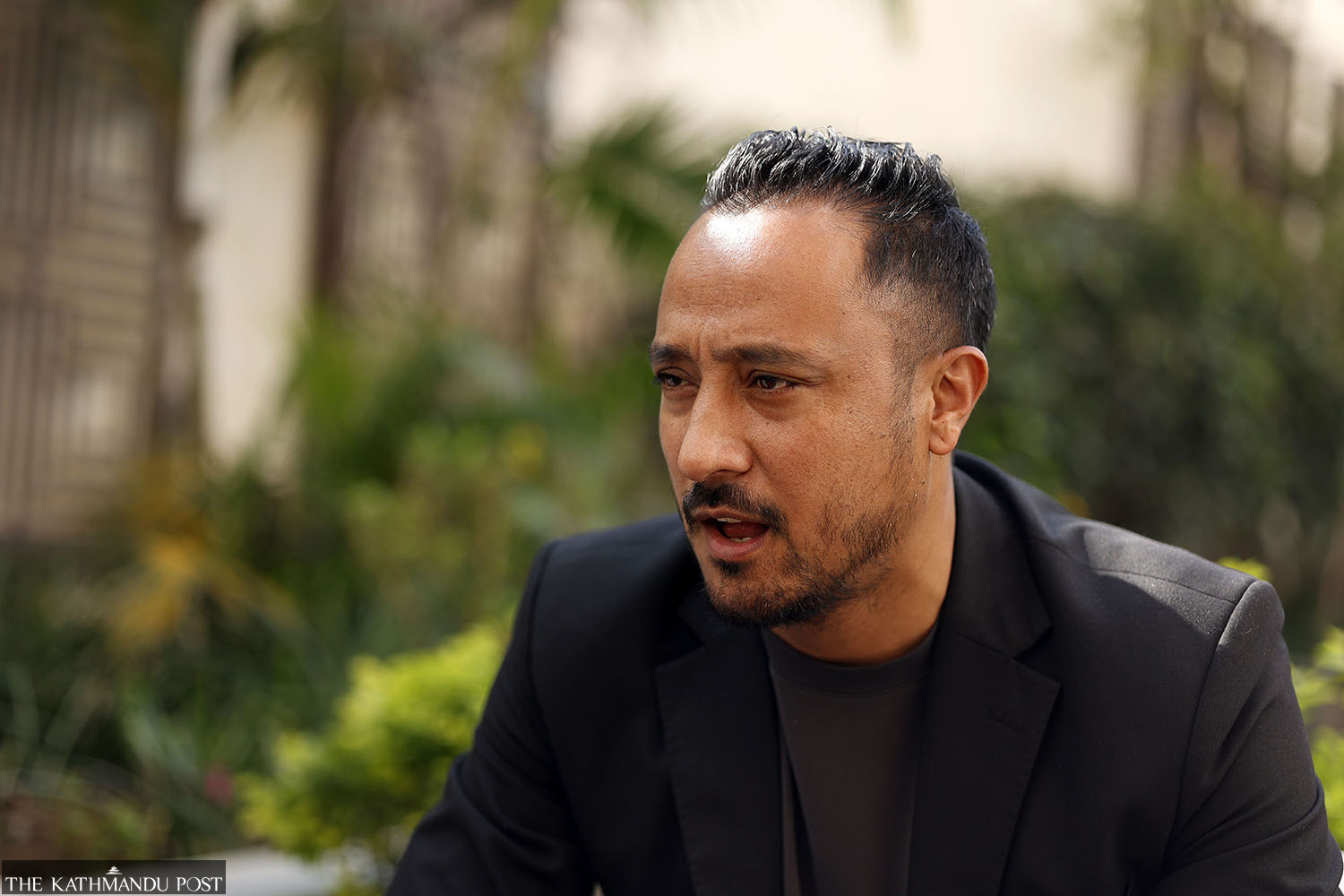
Why keep foreign players’ contracts confidential?
Teams have reasons to keep certain details private. But in the future, maybe after the third year, we aim to auction foreign players and also introduce an open-cap auction for Nepali players, because establishing local players is our priority.
However, full auctions require bigger investment and involvement of international investors. We are building towards that.
Did you ever imagine the NPL becoming this big?
I always had big dreams as a player. They are even bigger now that I am involved professionally through the governing body. There is still a long way to go. My ultimate dream is Nepal playing in the ODI World Cup and earning Test status. I don’t know when, but we are laying foundations: turning an uneven land into a plain surface, and slowly placing bricks to build a proper structure.
Anything you’d like to tell the fans?
Fans are our 12th man; but beyond matches, they are our key stakeholders. Their support creates the buzz that attracts investors. If two million fans subscribe to the OTT at Rs 300, it not only supports cricket development (71 percent revenue goes to CAN) but also directly helps franchises.
The subscription model will also help us accurately gauge the size of Nepal’s cricket-loving audience and plan future steps accordingly. Proper seating and a streamlined ticketing system will further strengthen that understanding. Ultimately, cricketers play for the fans and the country, and CAN’s role is to facilitate that journey. The love and support we receive from the fans is truly a blessing.
If we look at cricket’s history, the number of people understanding and following this game is on the rise. From those who only used to see, the numbers are rising for those who understand this game. It is a continuous process. We still have a few hurdles that we need to overcome.




 14.12°C Kathmandu
14.12°C Kathmandu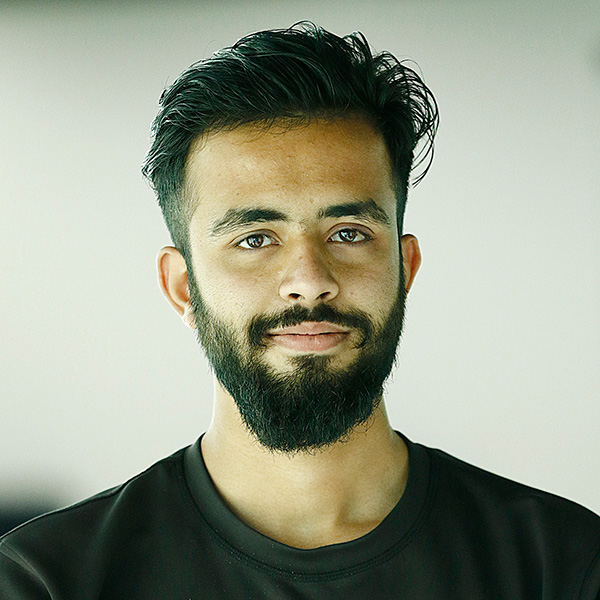

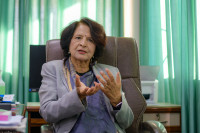

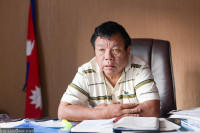


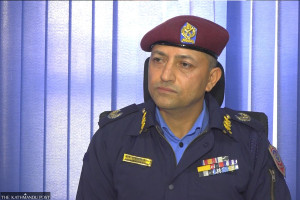
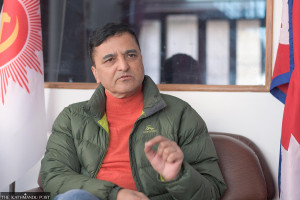




%20(1).jpg&w=300&height=200)

